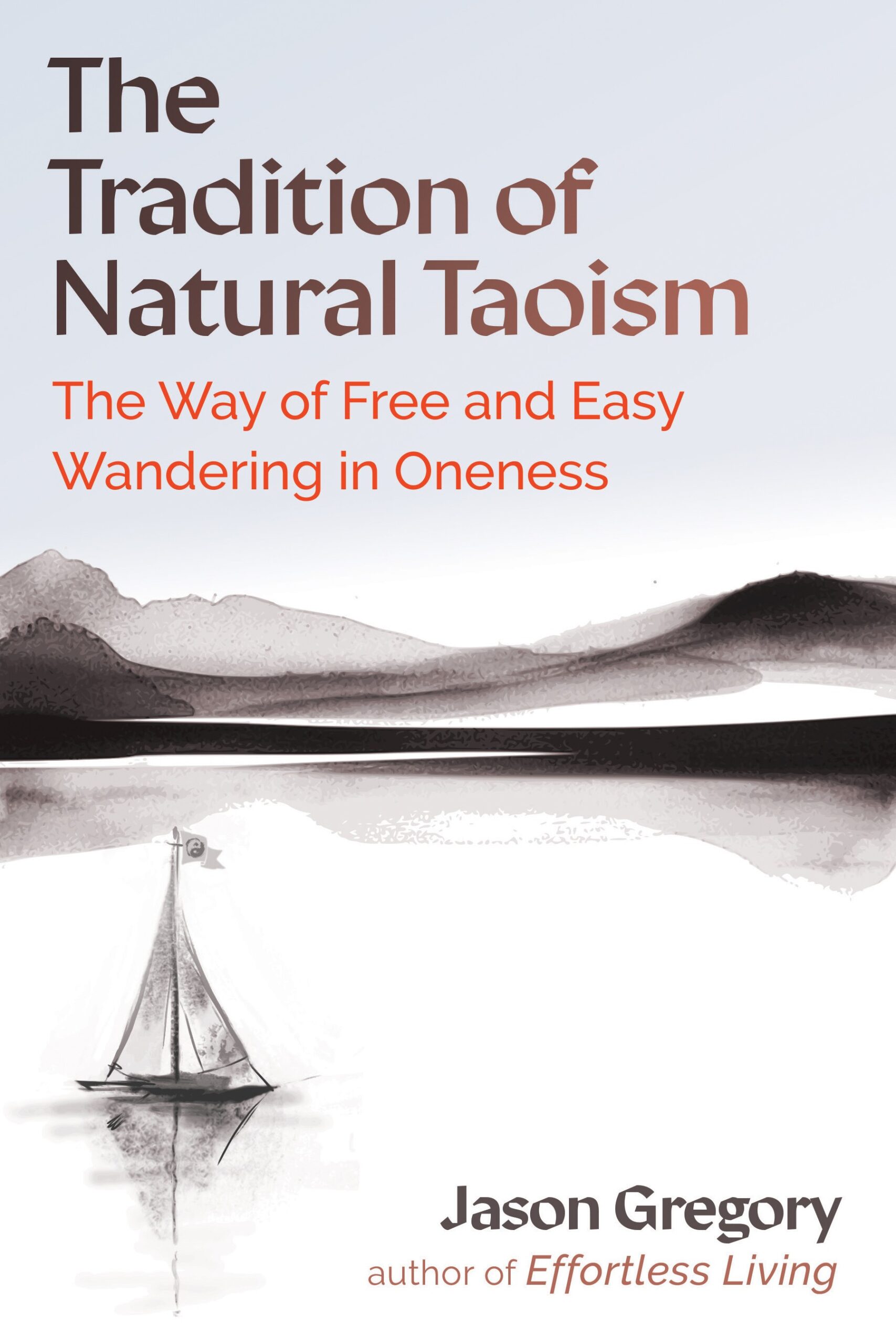What we are capable of usually gets discovered.
When, while the lovely valley teems with vapor around me, and the meridian sun strikes the upper surface of the impenetrable foliage of my trees, and but a few stray gleams steal into the inner sanctuary, I throw myself down among the tall grass by the trickling stream; and, as I lie close to the earth, a thousand unknown plants are noticed by me: when I hear the buzz of the little world among the stalks, and grow familiar with the countless indescribable forms of the insects and flies, then I feel the presence of the Almighty, who formed us in his own image, and the breath of that universal love which bears and sustains us, as it floats around us in an eternity of bliss; and then, my friend, when darkness overspreads my eyes, and heaven and earth seem to dwell in my soul and absorb its power, like the form of a beloved mistress, then I often think with longing, Oh, would I could describe these conceptions, could impress upon paper all that is living so full and warm within me, that it might be the mirror of my soul, as my soul is the mirror of the infinite God! O my friend — but it is too much for my strength — I sink under the weight of the splendor of these visions! A wonderful serenity has taken possession of my entire soul, like these sweet mornings of spring which I enjoy with my whole heart. I am alone, and feel the charm of existence in this spot, which was created for the bliss of souls like mine. I am so happy, my dear friend, so absorbed in the exquisite sense of mere tranquil existence, that I neglect my talents. I should be incapable of drawing a single stroke at the present moment; and yet I feel that I never was a greater artist than now. When, while the lovely valley teems with vapor around me, and the meridian sun strikes the upper surface of the impenetrable foliage of my trees, and but a few stray gleams steal into the inner sanctuary, I throw myself down among the tall grass by the trickling stream; and, as I lie close to the earth, a thousand unknown plants are noticed by me: when I hear the buzz of the little world among the stalks, and grow familiar with the countless indescribable forms of the insects and flies, then I feel the presence of the Almighty, who formed us in his own image, and the breath of that universal love which bears and sustains us, as it floats around us in an eternity of bliss; and then, my friend, when darkness overspreads my eyes, and heaven and earth seem to dwell in my soul and absorb its power, like the form of a beloved mistress, then I often think with longing, Oh, would I could describe these conceptions, could impress upon paper all that is living so full and warm within me.
What we are capable of usually gets discovered.
When, while the lovely valley teems with vapor around me, and the meridian sun strikes the upper surface of the impenetrable foliage of my trees, and but a few stray gleams steal into the inner sanctuary, I throw myself down among the tall grass by the trickling stream; and, as I lie close to the earth, a thousand unknown plants are noticed by me: when I hear the buzz of the little world among the stalks, and grow familiar with the countless indescribable forms of the insects and flies, then I feel the presence of the Almighty, who formed us in his own image, and the breath of that universal love which bears and sustains us, as it floats around us in an eternity of bliss; and then, my friend, when darkness overspreads my eyes, and heaven and earth seem to dwell in my soul and absorb its power, like the form of a beloved mistress, then I often think with longing, Oh, would I could describe these conceptions, could impress upon paper all that is living so full and warm within me, that it might be the mirror of my soul, as my soul is the mirror of the infinite God! O my friend — but it is too much for my strength — I sink under the weight of the splendor of these visions! A wonderful serenity has taken possession of my entire soul, like these sweet mornings of spring which I enjoy with my whole heart. I am alone, and feel the charm of existence in this spot, which was created for the bliss of souls like mine. I am so happy, my dear friend, so absorbed in the exquisite sense of mere tranquil existence, that I neglect my talents. I should be incapable of drawing a single stroke at the present moment; and yet I feel that I never was a greater artist than now. When, while the lovely valley teems with vapor around me, and the meridian sun strikes the upper surface of the impenetrable foliage of my trees, and but a few stray gleams steal into the inner sanctuary, I throw myself down among the tall grass by the trickling stream; and, as I lie close to the earth, a thousand unknown plants are noticed by me: when I hear the buzz of the little world among the stalks, and grow familiar with the countless indescribable forms of the insects and flies, then I feel the presence of the Almighty, who formed us in his own image, and the breath of that universal love which bears and sustains us, as it floats around us in an eternity of bliss; and then, my friend, when darkness overspreads my eyes, and heaven and earth seem to dwell in my soul and absorb its power, like the form of a beloved mistress, then I often think with longing, Oh, would I could describe these conceptions, could impress upon paper all that is living so full and warm within me.
What we are capable of usually gets discovered.
When, while the lovely valley teems with vapor around me, and the meridian sun strikes the upper surface of the impenetrable foliage of my trees, and but a few stray gleams steal into the inner sanctuary, I throw myself down among the tall grass by the trickling stream; and, as I lie close to the earth, a thousand unknown plants are noticed by me: when I hear the buzz of the little world among the stalks, and grow familiar with the countless indescribable forms of the insects and flies, then I feel the presence of the Almighty, who formed us in his own image, and the breath of that universal love which bears and sustains us, as it floats around us in an eternity of bliss; and then, my friend, when darkness overspreads my eyes, and heaven and earth seem to dwell in my soul and absorb its power, like the form of a beloved mistress, then I often think with longing, Oh, would I could describe these conceptions, could impress upon paper all that is living so full and warm within me, that it might be the mirror of my soul, as my soul is the mirror of the infinite God! O my friend — but it is too much for my strength — I sink under the weight of the splendor of these visions! A wonderful serenity has taken possession of my entire soul, like these sweet mornings of spring which I enjoy with my whole heart. I am alone, and feel the charm of existence in this spot, which was created for the bliss of souls like mine. I am so happy, my dear friend, so absorbed in the exquisite sense of mere tranquil existence, that I neglect my talents. I should be incapable of drawing a single stroke at the present moment; and yet I feel that I never was a greater artist than now. When, while the lovely valley teems with vapor around me, and the meridian sun strikes the upper surface of the impenetrable foliage of my trees, and but a few stray gleams steal into the inner sanctuary, I throw myself down among the tall grass by the trickling stream; and, as I lie close to the earth, a thousand unknown plants are noticed by me: when I hear the buzz of the little world among the stalks, and grow familiar with the countless indescribable forms of the insects and flies, then I feel the presence of the Almighty, who formed us in his own image, and the breath of that universal love which bears and sustains us, as it floats around us in an eternity of bliss; and then, my friend, when darkness overspreads my eyes, and heaven and earth seem to dwell in my soul and absorb its power, like the form of a beloved mistress, then I often think with longing, Oh, would I could describe these conceptions, could impress upon paper all that is living so full and warm within me.
Jivanmukta VS Bodhisattva (What’s the Difference?)
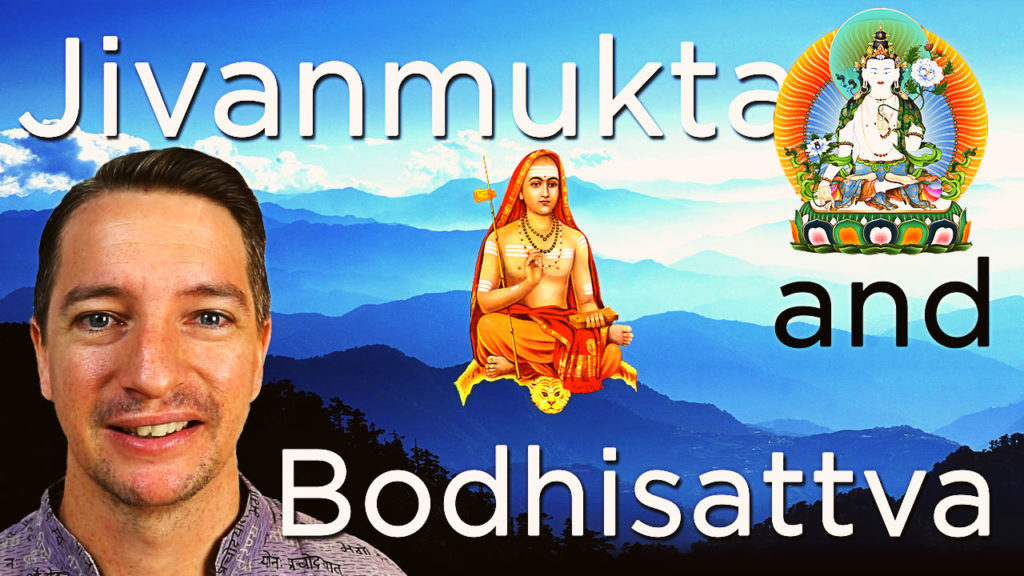
In this episode of Enlightenment Today I will speak about the differences between a Jivanmukta and a Bodhisattva. Both titles are revered in Hinduism (especially in (Advaita Vedanta) and Buddhism (especially in Mahayana Buddhism). The goal of both Hinduism and Buddhism (and Eastern spirituality in general) is liberation (moksha, mukti, kaivalya, nirvana) and not the idea of personal salvation. This is important to remember when we think about a Jivanmukta and the Bodhisattva ideal. Find out why this is important and what are the exact differences between these two enlightened titles.
Why You Must Travel (How to Harness the Yogi Mind)
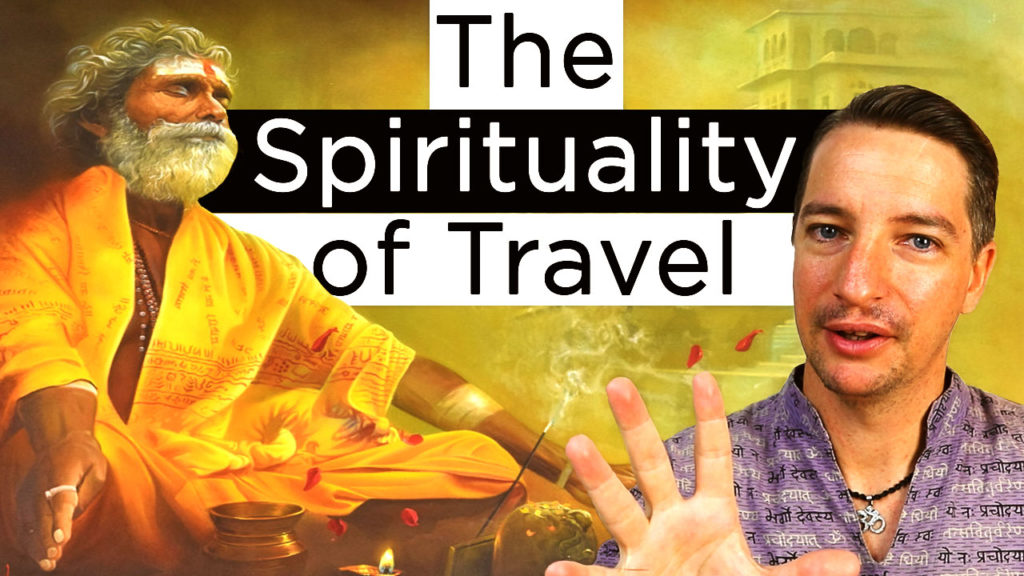
In this episode of Enlightenment Today I will speak about the spiritual benefits of travel. Endless travel is actually an ancient yogic practice. The ancient Yogis never stayed in one place too long because they understand that if you reside in one specific location for too long, you will subtly pick up the habits and tendencies (vasanas) of that environment. The ancient Yogis were dedicated to understanding the nature of the mind and the universe. So travelling for them (and also us) is a practice of cultural deprogramming. From living a life of travel, they eliminate some of the deeply entrenched conditioning (samskaras) that we all have. For this reason (though many aren’t aware) people in the modern world are addicted to traveling. As our conditioning begins to break down, our mind begins to effortlessly roam the world without experiencing mental and cultural friction with a new environment. We begin to move naturally, just as nature intended it.
Spirituality Does Not Need Science (Sadhguru is wrong)
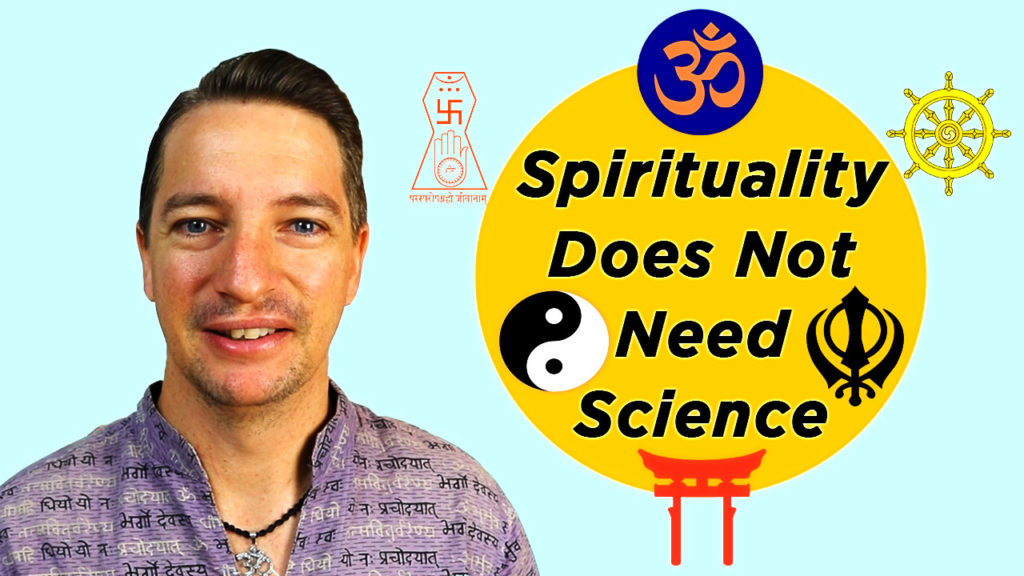
In this episode of Enlightenment Today I will speak about how the great spiritual traditions of the East are complete systems in and of themselves without any need for a validation from modern science. Influential teachers such as Sadhguru and the Dalai Lama sing praise about their ancient knowledge because science is now validating the ancient spiritual knowledge of Eastern spirituality, as if this now validates thousands of years of knowledge and wisdom on the nature of the universe and consciousness. But Eastern spirituality has their own systems of thought (especially ancient Indian knowledge) that have no need for science because it has its own system of thought based on materialism. And it is ironic that science is actually now turning to Eastern thought for a deeper understanding of the universe and the nature of consciousness. Ancient Eastern knowledge is far ahead of science in regards to the nature of the universe, mind, consciousness, and the mystery of pure awareness which is an experiential discovery of many Eastern spiritual traditions.
Zhuangzi on Oneness (learn to see the infinite in life)
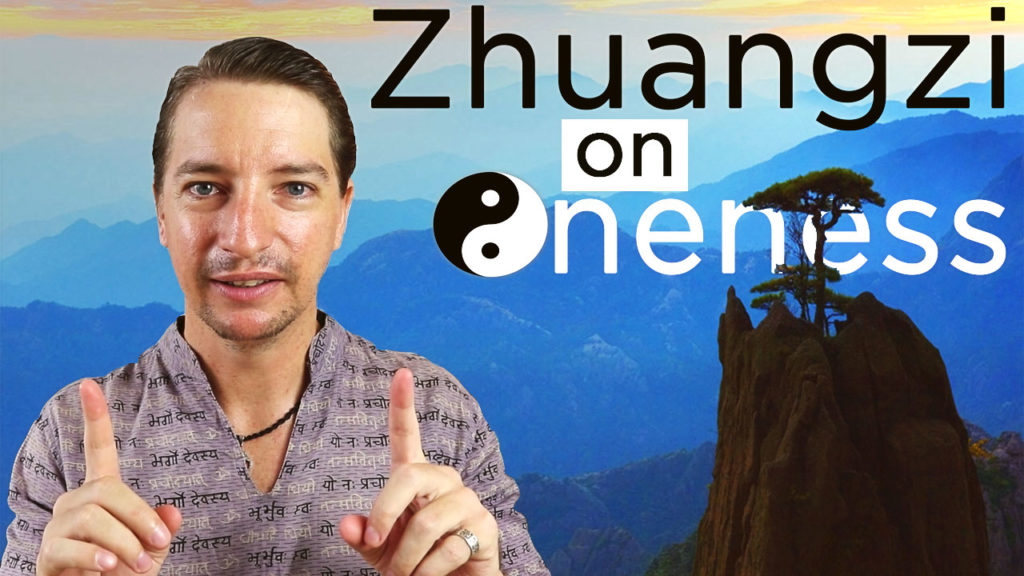
In this episode of Enlightenment Today I will explain Zhuangzi’s natural philosophy of oneness. This is the ability to perceive the infinite in all things, which allows us to experientially feel the actual unity of life deep within our heart-mind. This is the Daoist (Taoist) vision of the universe which runs counter to the Western trained cognition of individualism and partiality. Zhuangzi explains how our analytical training blinds us to the oneness of the universe and this problem is only becomes worse because of analytical focused education. This is Zhuangzi’s natural understanding that life exists with no labels and the analytical training to discern between “this” and “that” is a human flaw which leads to a subjective viewpoint of right and wrong, and good and evil, which we all superimpose onto an objective reality which is actually the same for all. This incorrect perception is the seed of all conflict. To see reality as it truly is, in its infinite oneness, Zhuangzi advises us to fast the mind. Only then will our mind be cleansed and, as a result, the world will be at peace.
The Atman (The Nature of the True Self)
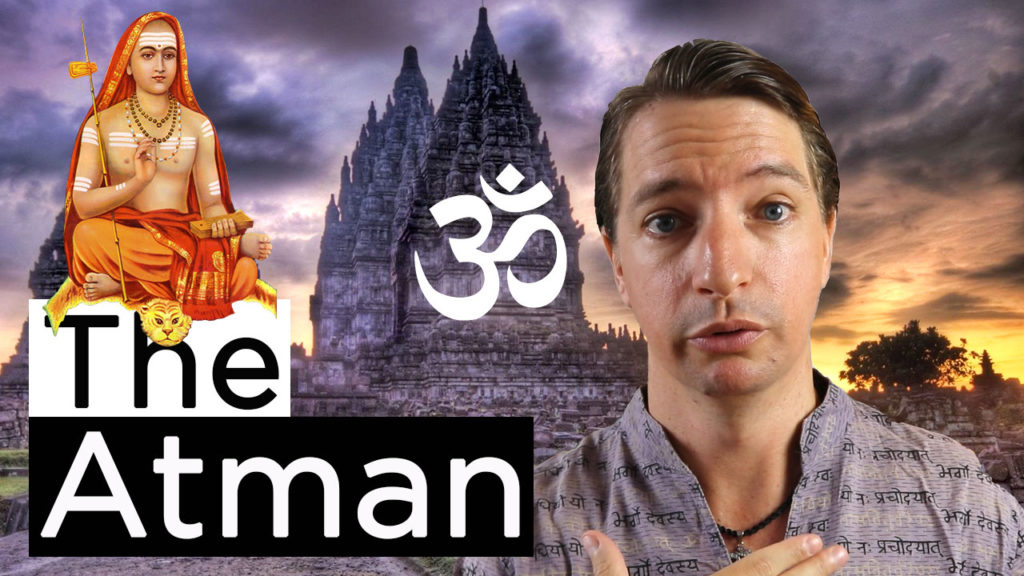
In this episode of Enlightenment Today I will give a thorough explanation of what the Atman truly is. There is a lot of misinterpretation and misunderstanding surrounding the knowledge of the Atman. When we say the Atman means the “true Self,” what does that “Self” actually represent? People with no prior training in Hindu thought, then, assume the true Self is related to a sense of agency or being (Jiva). This confusion between the Jiva and the Atman is prevalent in spirituality. But, as I thoroughly explain from traditional Vedanta knowledge, the Atman is the undifferentiated consciousness within all as one (Brahman), which is the foundation of nonduality. We need to rephrase the question of “Who am I?” (which implies a sense of agency/ego) to “What am I?”
Go Beyond Everything (Turiya)
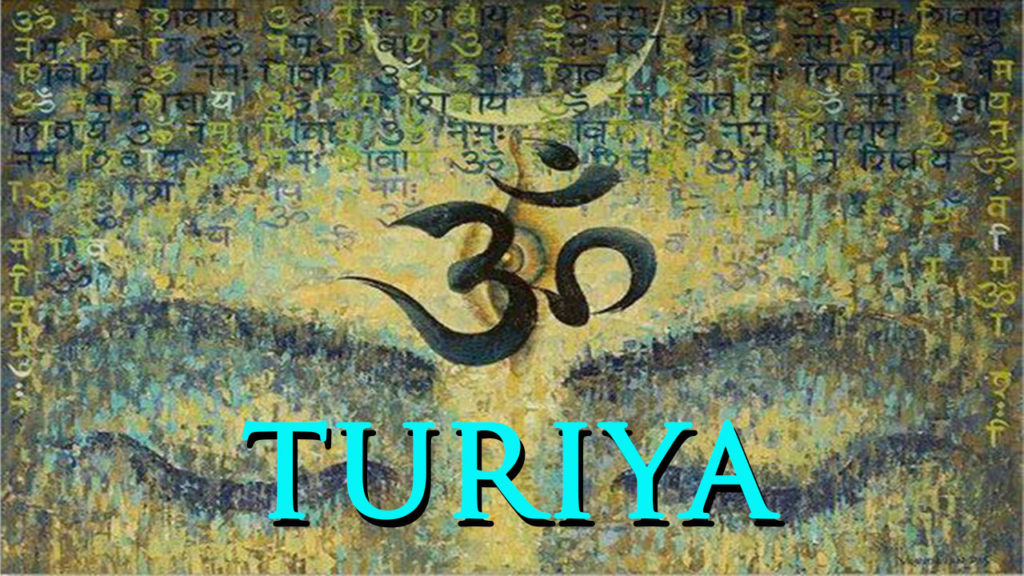
Go Beyond Everything (Turiya) In the great Eastern spiritual traditions there is a special importance given to going beyond everything, essentially going beyond the world and even your own mind. This is the spiritual ideal of the great sages and teachings of the East. But this ultimate goal is something that frightens most people because they are not willing to truly give up their sense of “self.” People who become interested in spirituality forget this ideal. Sadly, people often subtly use spirituality to propagate their ego rather than dissolve it. This is especially rife in the West. The individualistic mind of the West has taken the holistic philosophies and practices of the East and turned them into something geared more towards self-interest and vanity rather than the dissolution of self, humility, and simplicity. To counter such widespread cultural appropriation, we need to understand what going beyond everything means and how and why we should really be aiming for those lofty heights previously only experienced by the great sages of antiquity. The Foundation of Consciousness Going beyond everything means you’ve come into resonance with the underlying witness of all life. This witness is the pure awareness at the core of our being that we cover over with worldly experiences, mundane concerns, and individual conditioning. This witness is not overly considered in Western religions, but it is the spiritual ideal of the East. The goal is to firmly re-establish yourself in this pure awareness which is untouched by all experience. So, the focus of this goal is not about the “experience,” but instead the experiencer. The pure witness (experiencer) of all internal and external movement. This witness resides in all experiences, no matter whether the experience is pleasurable or painful. The witness is a permanent feature of consciousness and is actually the foundation of consciousness. The surprising thing is not many people in science or Western religions focused a lot of attention on the witness and this might be an unintentional oversight considering that if you are not a deep explorer of your own consciousness then the experiencer will be overlooked in favor of the actual experience. Undifferentiated Consciousness Thankfully the great Eastern spiritual traditions revealed that the pure awareness of our being is the essence of consciousness. Yet each tradition explained this a little differently. In Vedanta to remain as the Atman, the undifferentiated consciousness, the Self with a capital S, means to abide in that witness state without letting the turbulence of worldly experience shake you. In Samkhya and classical Yoga, the more you reside in pure awareness, Purusha, you will begin to separate from all the movement of energy in the universe and mind, Prakrti. You develop an actual gap, where Purusha can look upon Prakrti without being affected by its gravitational pull. In Buddhism we have Tathata, a word which refers to someone who has arrived at suchness or thusness. This is the Buddha mind that has recognized the utter impermanence of the world and, as a result, their sense of self has thinned away into Sunyata, the voidness of the universe where suchness is revealed. This is the Buddha’s immovable state symbolized in the Bhumisparsha mudra. And lastly, in Taoism there is the Absolute Tao that animates all life through the yin and yang energies of the universe. The great Taoist sages Lao-tzu and Chuang-tzu explain how we can absorb our mind in Tao by emptying our mind and allowing life to be as it will without our individual interference. By following this process, you begin to merge with the Tao. Unassociated Bliss So, the common theme among all these great traditions is we should empty our faculties and instead of pursuing experience after experience, we should abide steadfast as the pure witness, the undifferentiated consciousness. And the promise of all the traditions is that abiding in pure awareness is actually the true key to happiness. Actually, they would say it leads to unassociated bliss, Ananda in Sanskrit. We’re often going from one experience to another trying to fill this emptiness we all feel inside, but it never leads to lasting happiness. The irony is ananda is not found in experience, but rather in dissolving the one who continually chases experiences. When we abide as the witness more and more and are not influenced by the activity of our mind, then we are in a state of bliss from not being a “person.” This is the advanced spirituality which is part of the higher religion of the East. This sort of knowledge is what separates Eastern spirituality from Western religions. Too often these days people think there is a radical universalism existing among all religions. What we have to understand is that all religions have their place, but they are not equally efficacious. There are some similarities but they are somewhat loosely connected when we study each tradition. Eastern spirituality is far more transformative and peace bearing because the whole ethos of the Eastern traditions is based on the study of consciousness to discover the nature of mind and the universe. And they’ve done a damn good job at explaining all of that and more. Turning Away from Worldliness Most importantly, they’ve given us the key to true knowledge of our nature. But this knowledge requires us to go beyond everything to experience our innate bliss. We have to turn our back on worldliness. This means we have to turn our back on worldly desires and any ambition we may have of becoming “someone.” This does not mean being apathetic because it is actually our personal agendas and individual conditioning which causes all the trouble in the world, so we seek to dissolve all that subjectivity to see the world from an objective viewpoint. Instead of indulging in the “I”-thought, we need to ask who is the experiencer of thoughts? Does the experiencer feel pain or pleasure? The
The Nature of Siddhis in the East
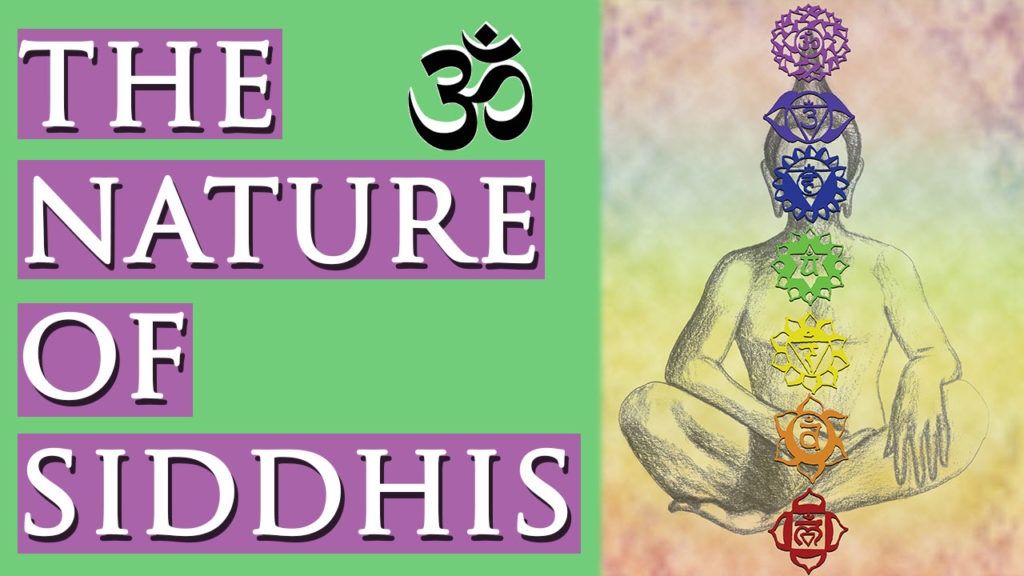
The Nature of Siddhis in the East The word siddhi is a Sanskrit noun which means attainment, accomplishment, perfection, power, realization, or success, in the sense of liberation or attaining magical powers. Siddhis are the magical powers or paranormal abilities attained through rigorous spiritual practice. In the Hindu sect of Shaivism they define siddhis as the “Extraordinary powers of the soul, developed through consistent meditation and often uncomfortable and grueling tapas, or awakened naturally through spiritual maturity and yogic sadhana.” (Tapas in Sanskrit means asceticism and sadhana in Sanskrit means spiritual exertion towards an intended goal). The modern day students of yoga and spirituality often dismiss siddhis and are naturally skeptical when it comes to this magical dimension. And I would say it is healthy to show some skepticism because there are many charlatans and fake gurus and yogis who depend on people believing they have paranormal abilities. But even though it is sane to be skeptical of such people, I am going to give the subject of siddhis an honest an open hearing based on the knowledge available. And, between Hinduism, Buddhism, and Jainism, there is a ton of information and texts about siddhis going back thousands of years. We also need to remember that the founder of classical yoga Patanjali dedicated a whole chapter to siddhis in the Yoga Sutras. The Nature of Siddhis This strong siddhi component in India and other parts of Asia originates from the archaic tradition of asceticism (tapas) and also Tantra, especially the hatha yoga element of Tantra. For thousands of years we’ve heard of world-renouncing yogins and sadhus who have attained access to this magical dimension. But keep in mind, Tantrism is concerned with siddhis both in the sense of ultimate liberation and also magical powers. Tantra affirms the phenomenal world and has a positive relationship with cultivating the innate psychospiritual potential within the body-mind system. Vedanta, on the other hand, dismisses siddhis for their own reasons which I will discuss shortly. Tantra regards siddhis as an advantage which allows us to reach our spiritual goals more fully. But, as with most things, there are two sides to each coin. For example, many practitioners of Tantra (tantrikas) will use these powers for less noble goals. Actually, there are whole texts composed to deal with these unsavory practices. And you still find tantrikas following this less noble path in India today. This less noble path is referred to as “lower Tantrism.” While, on the other hand, higher Tantrism is motivated by spiritual liberation and the spiritual upliftment of all beings, not just humans but also nonhuman beings. In the end, Tantric scriptures are focused on the higher element of liberation. Yoga and Tantra scriptures often mention siddhis as part of an accomplished adepts arsenal of skills. The relatively unknown text called the Yoga Bija states: “The yogin is endowed with unthinkable powers. He who has conquered the senses can, by his own will, assume various shapes and make them vanish.” The Yogashikha Upanishad also explains that siddhis are the mark of a true yoga adept. As a result, siddhis, according to the Yogashikha Upanishad, are encountered in the course of one’s own spiritual practice in the same way that a pilgrim passes by sacred spots on the way to the sacred city of Varanasi in India. The Yogashikha Upanishad also distinguishes two fundamental types of siddhis. First, the artificial which is called kalpita in Sanskrit. The second type is the nonartifical which is called akalpita in Sanskrit and means spontaneously arising. The artificial siddhis are produced by means of herbal concoctions, magic, mantra recitations, rituals, and alchemical elixirs. While the nonartificial spontaneous abilities spring from self-reliance. This natural spontaneous ability is thought to be pleasing to Ishvara. (Ishvara can mean God, the lord, a personal god, or the ultimate reality which is equal to the concept Brahman.) It is believed that these nonartificial spontaneous siddhis manifest in those who are free from desire. In the third chapter of the Yoga Sutras, Patanjali explains a long list of siddhis. This chapter is called the Vibhuti Pada. Vibhuti means manifestation or incarnation of powers and it probably stems from the Bhagavad Gita because it mentions Krishna’s far-flung powers. It is believed that a fully realized adept has access to these divine powers. She or he is known as a mahasiddha, which means great adept. These great adepts enjoy what is known as the mahasiddhis, which means great powers. In the Yoga Bhashya it refers to these great powers, commonly known in Hinduism as the Astha Siddhi, the eight great perfections. The Nine Great Powers There are actually nine great powers mentioned among various schools of thought. The first is Anima, which means miniaturization. This is the ability to reduce one’s size to the size of an atom. The second great power is Mahima, which means magnification. This is the ability to expand to an infinitely large size. It is believed you can become as large as a mountain, city, continent, and so on. But in the Mani Prabha text it defines Mahima as “pervasiveness.” This means it is not the physical body that expands but rather the subtle body or mind. The third great siddhi is known as Garima, which means becoming infinitely heavy. The fourth great power is Laghima, which means weightlessness or levitation. We are all familiar with the famous idea of levitating yogins. The fifth great power is Prapti, which means extension. This is the ability to be anywhere anytime according to your will. It is the ability to bridge great distances. This could be related to teleportation. The Yoga Bhashya seriously suggests a great adept can touch the moon with their fingertips if they have access to this power. The sixth great power is Prakamya, which means irresistible will. This is the ability to use your will as freely as you like. You can apparently realize whatever you desire. The Yoga Bhashya explains that

